


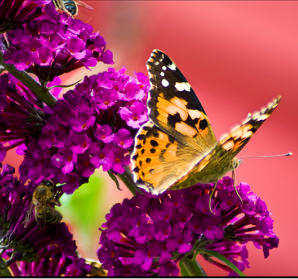
Sisyrinchium
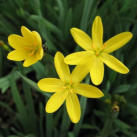

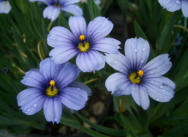

An intresting group of plants belonging to the Iris family. In the wild they are found in the Americas where they prefer
moister soils. Much more adaptable in cultivation, a well drained soil is essential but still prefering a soil that does not
dry out. All are clump forming and division is advisable every few years to maintain vigour. S striatum is a reliable self
seeder in the border or dry garden, whereas the variegated form can only be increased by replanting the non-flowering
fans. The smaller forms make ideal rockery or edging plants
Culture
Best grown in medium moisture, well-drained soil in full sun. Tolerates light shade. Prefers consistently moist soils that
do not dry out, but drainage must be good. Will freely self-seed in optimum growing conditions. Plantings may be
sheared back after bloom to avoid any unwanted self-seeding and/or to tidy foliage for remaining part of the growing
season. Plants may need to be divided every 2-3 years to keep plantings vigorous.
Sisyrinchium graminoides 'Lucerne' is often referred to as 'Blue Eyed Grass', but it is technically not an ornamental
grass. The grass-like foliage forms compact clumps that are topped with bright purplish-blue, star-like flowers with a
bright yellow throat. Perfect for rock gardens or in front of the perennial border!
Blooming:
Blooms star, cup, or trumpet shaped flowers in a range of colors such as white, yellow, blue, and mauve.
Soil and Irrigation:
Grows best in soil that is poor to moderately fertile, well-drained, and neutral to slightly alkaline. Protect plants from
excessive moisture during the winter.
Fertilization:
Does fine in poor to moderately fertile soil.
Pruning:
Maintain a healthy framework.
Pests:
Affected by spider mites, aphids, and rust.
Scientific Name :
Sisyrinchium
Common Name :
Blue/Yellow Eyed Grass
Blooming Season :
Spring, Summer
Plant Habit :
Upright
Water :
Medium
Position :
Sun
Height :
6inches
Sisyrinchium Californicum
Sisyrinchium E.K.Balls
Sisyrinchium 'Lucerne'
Sisyrinchium Quaint and Queer










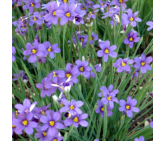
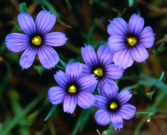

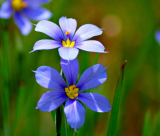

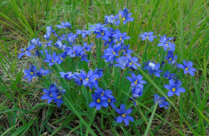



Alcea (Hollyhock)
Aquilegia
Buddliea
Buddliea Altternifolia
Delphinium
Dianthus (Carnations)
Echinacea
Eryngium
Geranium
Gerbera
Geum
Gypsophila
Herbs
Hosta
Iris
Kniphofia
Lantana
Leucanthemum
Lupins
Monarda
Penstemon
Peony
Phlox
Rudbeckia
Sidalcea
Sysirinchium
Tanacetum (Pyrethrum)
Thalictrum
Trollius
Verbena